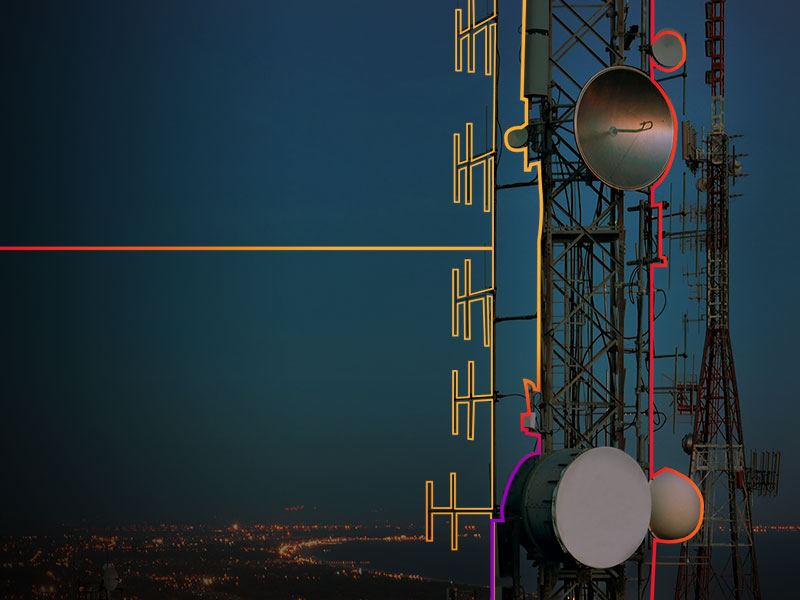A lot has been written and said about the edge of the network over the last five years, with little agreement about exactly what and where that edge is. That inconsistency gnawed at us until, early last year, we decided to do something about it. The result was a research project that looked at the emerging use cases for edge deployments and categorized what we identified as four archetypes for those edge sites.
As with any such research, the output is a snapshot in time. The results hold up today, however, even as we get further from that moment and closer to a more defined edge and, eventually, 5G networks. The bottom line then, as it is now, was this: Demand will drive edge investment and deployment and will dictate how different edge sites are architected.
AT&T's Take on 5G at the Edge
Jeff Shafer, AT&T’s assistant VP of product management for edge solutions, made some interesting comments along those lines in an article that ran on Data Center Knowledge last week (AT&T Says the Edge Isn’t Where You Think It Is). I read his remarks as an honest assessment of the state of the edge as it relates to the early stages of 5G deployment. Much of the discussion around 5G has been focused on some of its more ambitious applications, such as autonomous vehicles, but those functions realistically remain years away from widespread adoption. The near-term promises more incremental improvements over 4G services, and I agree with Jeff that the architectures to support that are likely to look more like amped up metro hubs than micro-data centers at the base of every cell tower.
How 5G Will Actually be Deployed
Ultimately, it all comes back to what problem you are trying to solve. There is an understandable race to deploy 5G, but the location of those deployments and how they’re built will depend on demand. This is not a “build it and they will come” scenario but rather demand driving supply. When consumers and enterprises alike start to demand better QoS (Quality of Service) to run existing and new applications, operators will build the network to deliver that service level. But the reality is 4G LTE meets the vast majority of the demand we’re seeing today.
Of course, that 4/5G edge is just one of many types of edge deployments. Edge sites supporting healthcare look different than those supporting retail, which look different than those supporting financial institutions, which look different than those supporting industrial applications. That’s why, at Vertiv, we strive to be a utility knife for customers across industries, delivering expertise and solutions to meet the needs of any edge site.
What’s your edge now, and what do you think it will look like in the next five years? Do you think AT&T’s Network Edge Compute will be the shape of things to come?







